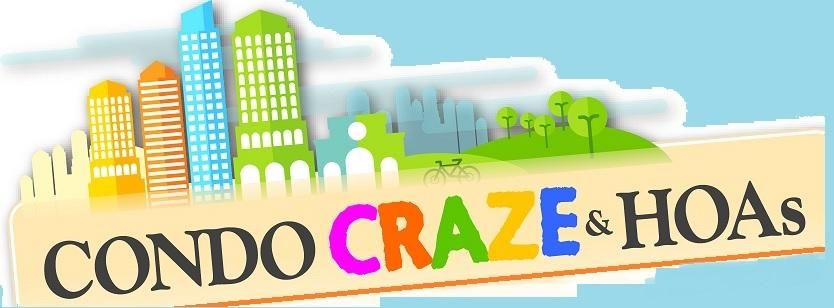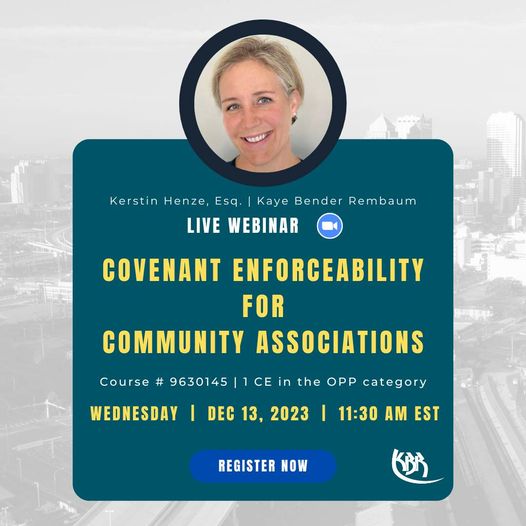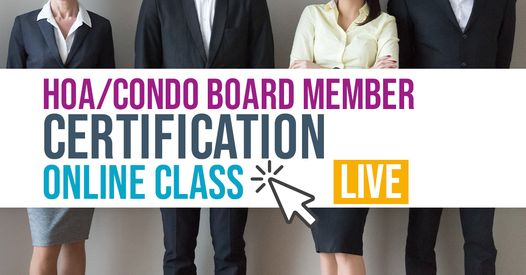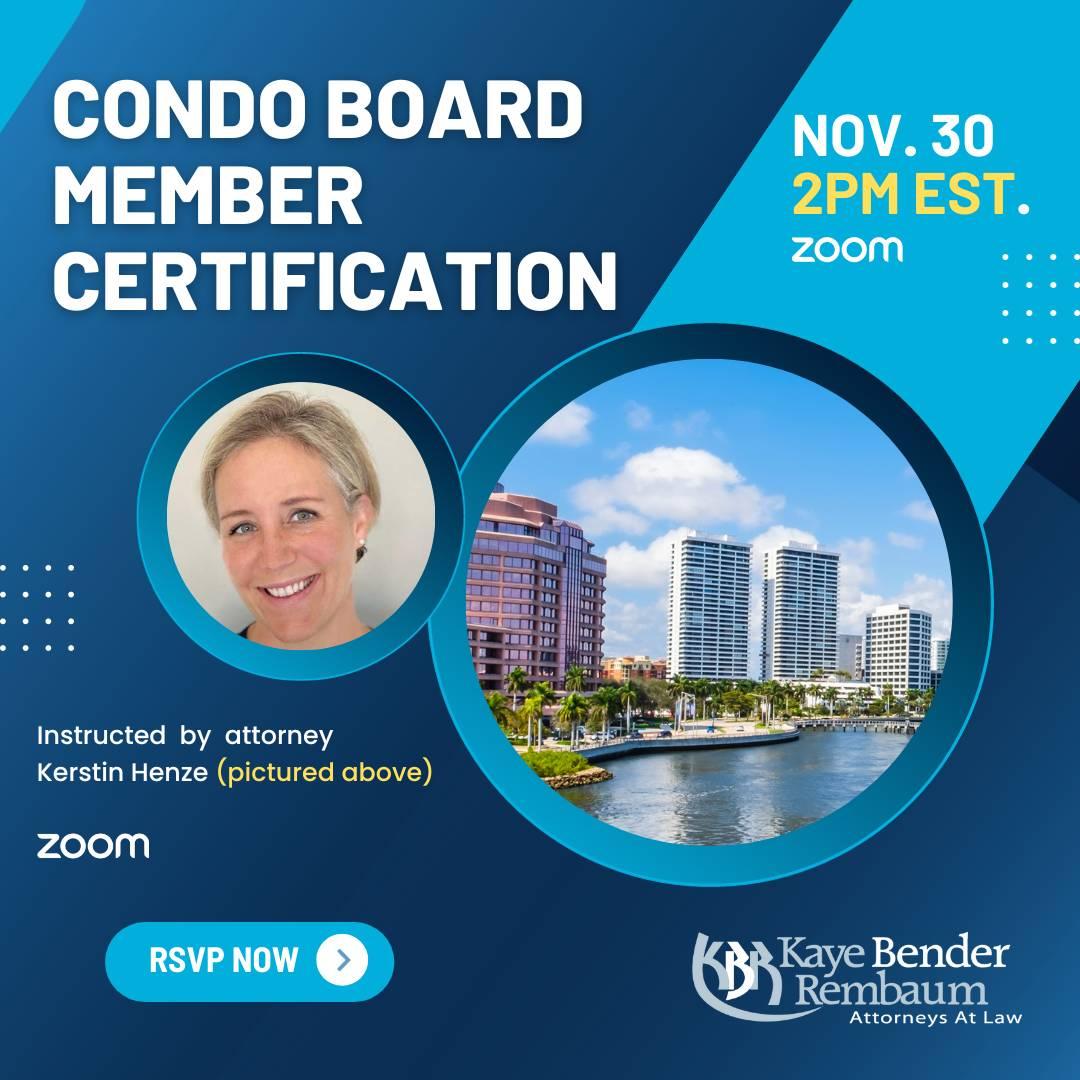BKB Cleaning Company is a pressure washing services company. We provide Roof Cleaning, Gutter Cleaning, Driveway Pressure Cleaning and Window Cleaning
BKB Cleaning Company
954-692-3107
BKB Cleaning Company is a pressure washing services company. We provide Roof Cleaning, Gutter Cleaning, Driveway Pressure Cleaning and Window Cleaning. We service both residential and commercial customers. Call for a free quote.
BKB Cleaning Company serving communities in Parkland, Coral Springs, Margate and Boca Raton. If you are looking for the best pressure washer for residential and commercial properties.

We believe in arriving on time at the customers home, providing extra ordinary service and leaving you happier than when we arrived. We care about our customers property and treat it with great care. Our cleaning process includes no pressure roof cleaning, driveway power washing and power wash fence.
We have the ability to wash with either hot water or cold water. When you wash with hot water you are able to get more dirt off than cold. We give the option to our customer as to which one they want.
We also have the ability to provide soft wash services to ensures that your home walls and roof are safe for years to come. It is safer way of cleaning because no pressure washer is used to apply chemicals or to clean the roof or home. This helps your home and or roof stay clean and safe from damage from a pressure washer. As technology evolves, so must we. That is why we are relentless in researching and testing new ways to get house washing done better and faster. We know the last thing you want is to have someone at your home all day.
Brian Bustamante
brian@bkbcleaning.com
954-692-3107
BKB Cleaning Company
6665 NW 75th Pl, Parkland, FL 33067
http://www.bkbcleaning.com
info@bkbcleaning.com






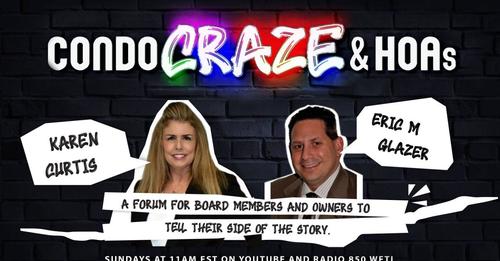

 Eric Glazer graduated from the University of Miami School of Law in 1992 after receiving a B.A. from NYU. He has practiced community association law for more than 2 decades and is the owner of Glazer and Sachs, P.A. a five attorney law firm with offices in Fort Lauderdale and Orlando.
Eric Glazer graduated from the University of Miami School of Law in 1992 after receiving a B.A. from NYU. He has practiced community association law for more than 2 decades and is the owner of Glazer and Sachs, P.A. a five attorney law firm with offices in Fort Lauderdale and Orlando.


